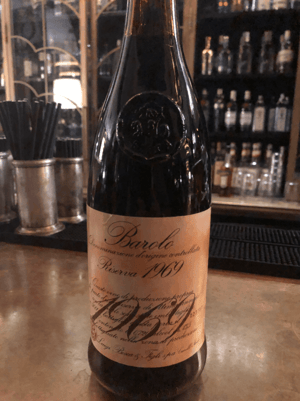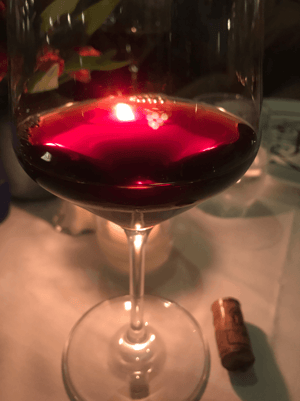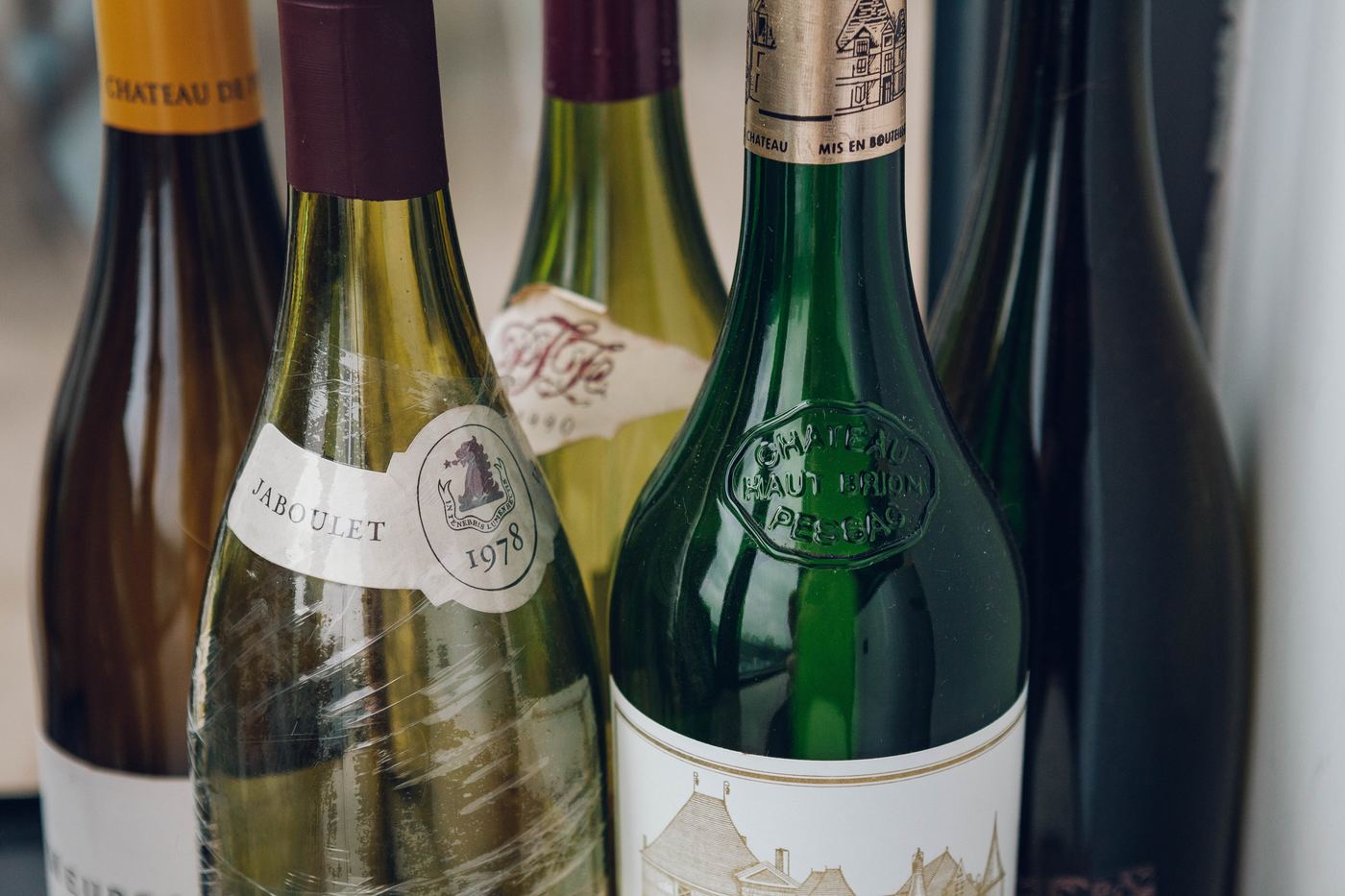If you’ve ever had the misfortune of sipping iffy-tasting wine, you’ll know all too well that wine can, in fact, go off. This article explains how to keep wine fresh for longer.
How to keep wine fresh in a nutshell
- Keep it away from oxygen. Use the cork, a vacuum pump or a Coravin.
- Don’t keep it for too long. Sparkling wine can last a couple of days, white wine will last 2-3 days and red wine a little longer.
- Store it at the right temperature. 10-16 degrees Centigrade is okay; but don’t let it get too cold or too hot.
- Remember, if it’s out of condition, you don’t have to drink it. Use it for cooking or send it back and get another bottle.
Has your wine gone bad?
Let’s first examine what “gone off” means when it comes to wine.
It’s not too difficult to deduce whether your bottle has gone off. If you’ve left it open for a few days, give it a sniff and – if you’re brave enough – have a taste. If it’s changed colour, developed an unpleasant odour, or its tasting notes have fouled, it’s very likely your bottle’s gone off. Typically, bad wine will either taste vinegary or like gone-off fruit.
But don’t worry, bad wine is still technically drinkable, so you needn’t worry about it being harmful for your body. That said, it isn’t pleasant to drink.
How to keep wine fresh
1. Avoid oxygen at all costs
Grapes harbour certain bacteria that can turn the alcohol content in wine to acetic acid. However, these bacteria require oxygen to grow.
As a result, when you pop open the cork of your wine, you’ve already let the process begin.
There are some wines, however, that can in fact thrive when in contact with oxygen. Certain bottles of red can improve when left in a decanter for a short period or double decanting where you pour out the wine and pour it back into the bottle.
Additionally, some wines are deliberately exposed to oxygen to varying degrees as part of the style; for example, Oloroso Sherry, Madeira and traditional white rioja.
However, this is mostly not the case, and you should generally try to keep the air away from opened bottles of wine. A Coravin can keep a wine fresh for 3-6 months while a vacuum stopper where you pump out some of the air when you close the bottle can add a few days.
2. Understand shelf life
How long does wine last? Now that’s a good question. The quickest answer is that it depends. A higher quality wine will take longer to go off than a cheap bottle, for instance, and the way you choose to store your wine will have a strong impact, too.
That said, be careful with very old wine. We had a bottle of 1969 Barolo on Matthew’s birthday. On the Sommelier’s good advice, we didn’t even decant it. It was bright and fresh when the cork came out but it faded within an hour. Oh, glorious hour!


Here are some helpful benchmarks to help you decide how long you can keep a bottle of wine. If stored correctly:
- Sparkling wine will last between one to three days
- A nice, corked bottle of red wine will last for three to five days
- Full-bodied white wines will keep for three to five days
- Light-bodied whites and rose can last between five and seven days
- Fortified wine (such as Port and Sherry) can last up to twenty-eight days. Yes, that Sherry at the back of the cupboard from three Christmases ago, is probably out of condition now.
- Some Madeiras can keep for months but tend to lose their crispness quite quickly
If it’s past its best, you can still use slightly out-of-condition wine for cooking.
3. Keep it cool, corked and crisp
Cold temperatures can help slow the oxidation process, and therefore its best to keep red wines or fortified wines in a cool, dark place and white wines in the fridge.
For more information on the exact temperatures, you should be storing specific bottles of wine, take a look at our informative blog post on the topic.
On top of this, always ensure you use a wine stopper or a cork to reduce the amount of oxygen entering the bottle.
And the best way to make sure wine is fresh…
Drinking a whole bottle in one sitting can safeguard against any nasty surprises – better safe than sorry, right?
Updated 22 December 2019 with additional videos, images, advice and a summary section.



